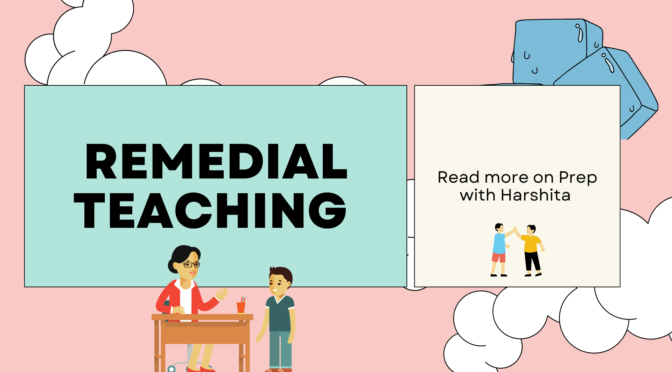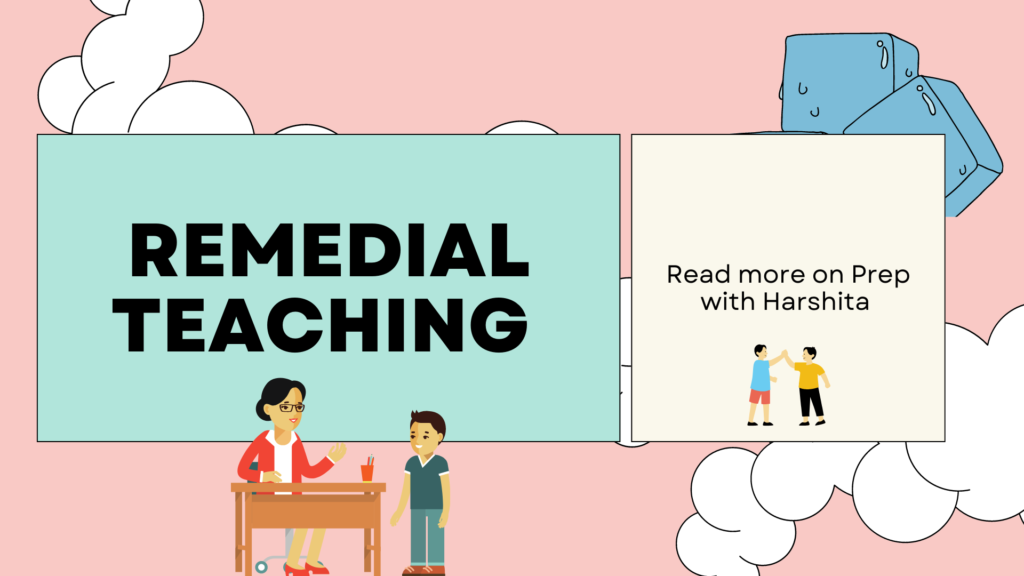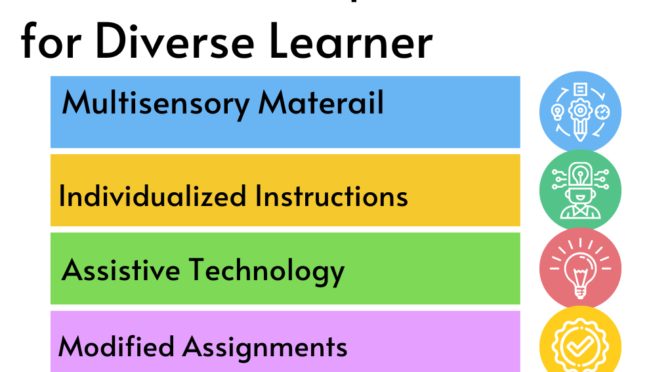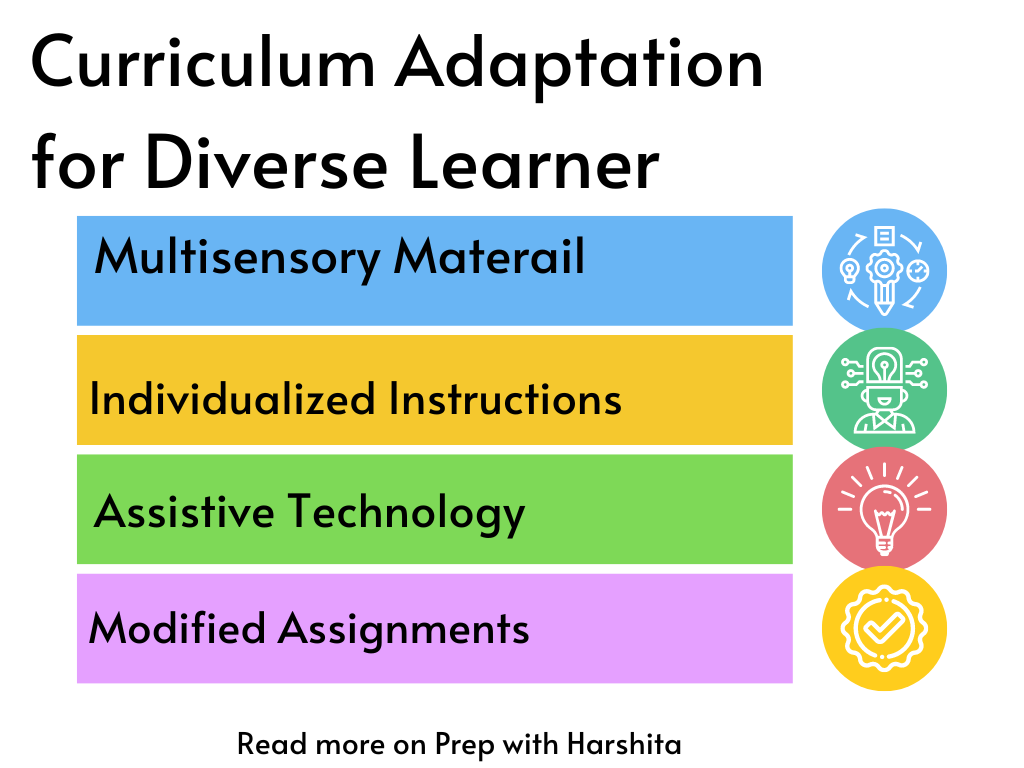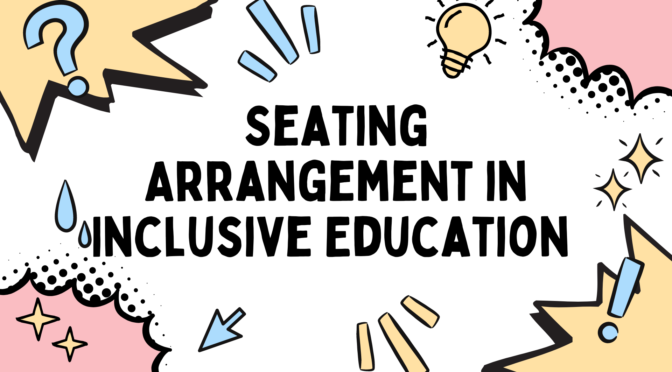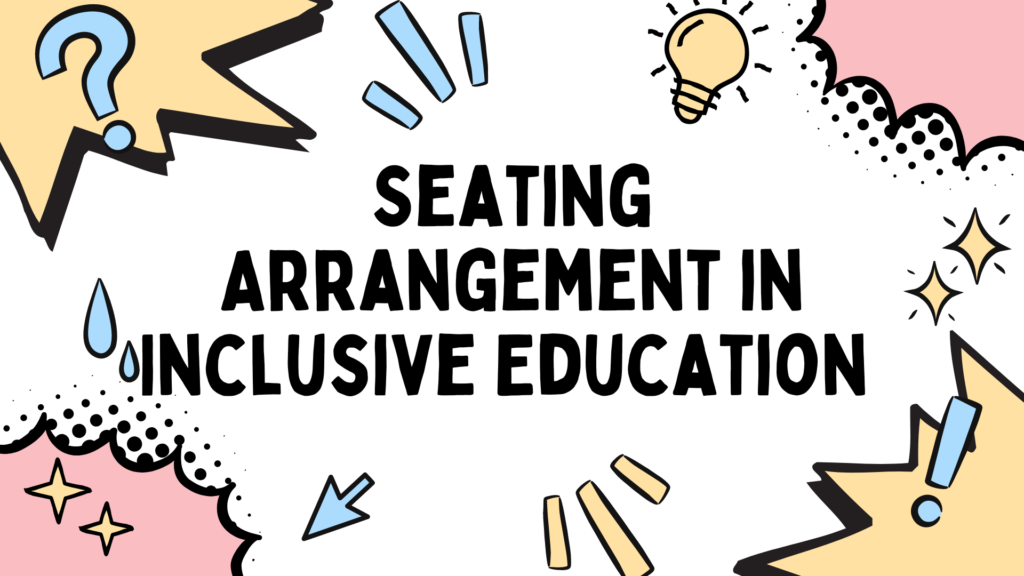Approach and method are two terms that are often used in various fields, including science, engineering, education, and business. While they may seem similar, there are some key difference between approach and method.
Approach:
An approach is a general way of dealing with a particular problem or situation. It refers to the overall strategy or direction that one takes in order to achieve a goal. An approach is more abstract and conceptual than a method. It is a high-level concept that describes the general principles or guidelines that guide a particular activity or project.
For example, if we consider the field of software development, there are different approaches to developing software, such as agile, waterfall, and iterative. Each approach has its own set of principles, practices, and values that guide the development process. In the field of education, there are different approaches to teaching, such as student-centered, teacher-centered, and task-based. Each approach has its own philosophy, goals, and pedagogical principles that guide the teaching and learning process.
Method:
A method, on the other hand, is a specific set of techniques or procedures that are used to implement an approach. It refers to the practical steps or actions taken to achieve a goal. A method is more concrete and specific than an approach. It is a low-level concept that describes the actual steps, techniques, or tools used to carry out a particular activity or project.
For example, if we consider the agile approach to software development, there are different methods, such as Scrum, Extreme Programming (XP), and Kanban, that can be used to implement this approach. Each method has its own set of practices, roles, and tools that guide the development process. In the field of education, if we consider the student-centered approach, there are different methods, such as problem-based learning, project-based learning, and inquiry-based learning, that can be used to implement this approach. Each method has its own set of techniques and tools that guide the teaching and learning process.
In summary, an approach is a general way of thinking about a problem or situation, while a method is the specific way of putting that approach into action. An approach is more abstract and conceptual, while a method is more concrete and specific. One provides the overall direction or strategy, while a method provides the specific techniques or procedures to achieve a goal.
Also Read : Types of Evaluation
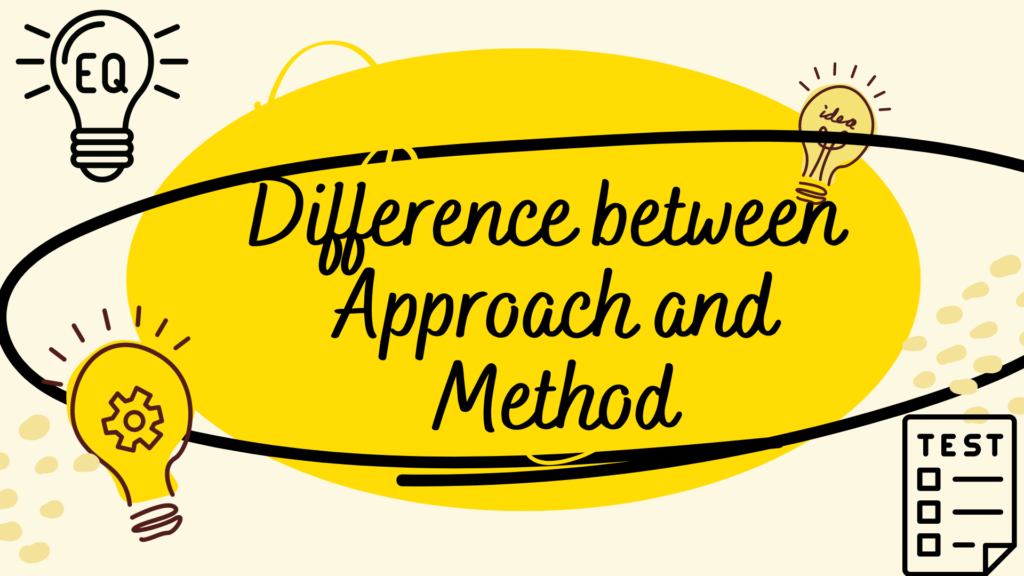
Also Visit : Prep with Harshita


